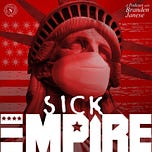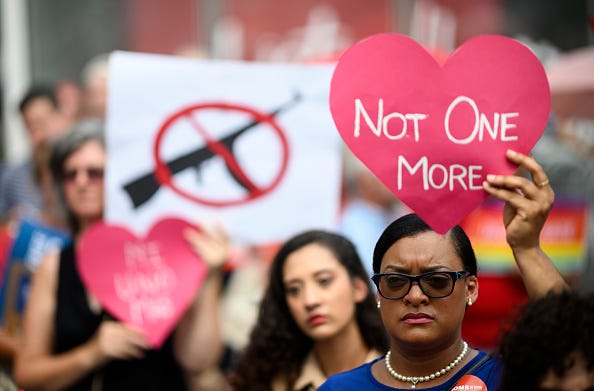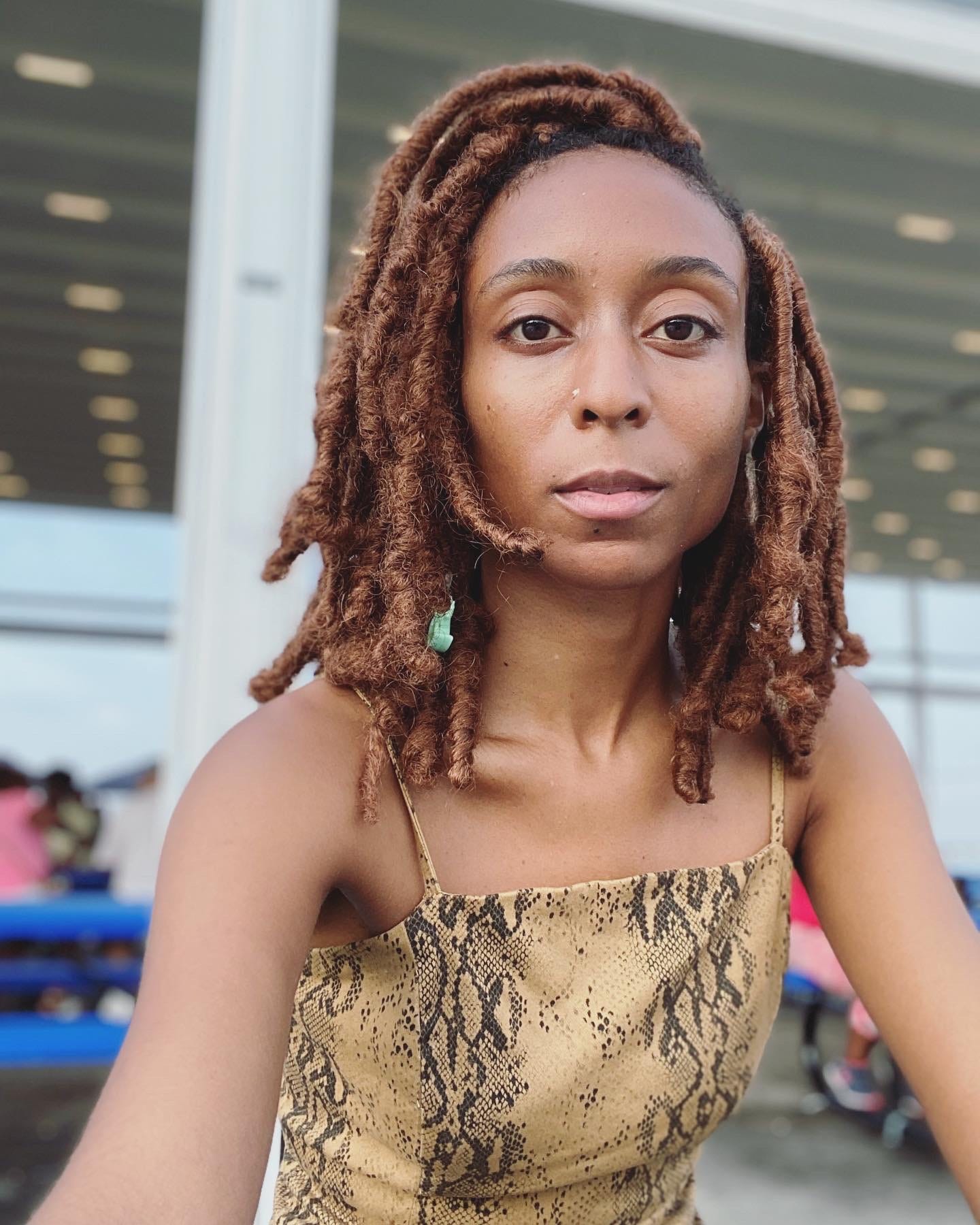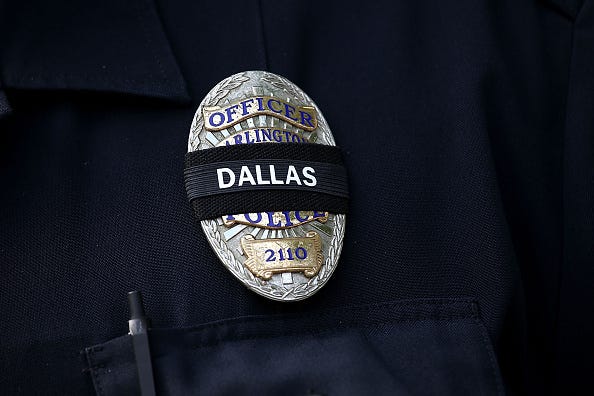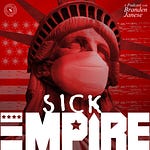In early June CNN reported that police departments across the country are pressed to find solutions to counter the rise in summer gun violence.
From Oklahoma to Michigan to New Orleans police sergeants have spoken publicly about the post-pandemic spike in crime this summer. Last week, Gov. Andrew Cuomo of New York declared a state of emergency around gun violence and allocated $139 million to flatten the curve on rising gun crimes. A large portion of that money will go to the NYPD, which implies that the solution to a gun crisis is more guns. Gov. Cuomo’s state of emergency shows no emphasis on decreasing the suicide rate or reforming access to weapons. Instead, more cops with guns will be patrolling Black neighborhoods.
It’s no secret that the NYPD habitually commits civil rights injustices, and it's no secret that police brutality overwhelmingly affects poor Black communities. Yet, this summer more police will receive funding to police already over-policed neighborhoods.
It’s like paying R.Kelly to teach the choir and the swimming team at an all-girls high school.
Cuomo’s critics suggest that the spike in gun crimes this summer has less to do with a lack of police officers and more to do with bail reform, suggesting that gun violence would not be happening if Black defendants were locked away in prison until their trial date.
The truth is that seasonal spikes of violent crimes in America are consistent. Every year violent crimes erupt in the summer, especially gun-related deaths. In rural white America, gun deaths are more prone to happen as an act of suicide, and in metropolitan Black cities, more homicides occur. However, according to a 2019 gun-related death study conducted by the CDC, the percentage of suicides is much higher than homicides.
What this information suggests is that the notion of Black-on-Black gun violence is and always was a strange card that anti-Black people play to justify police brutality and white-mob terrorism. I’d like to unpack that narrative with a quick look into the history of Black death in America, during the summertime.
1800 Slave Summers
At times, I’ve envisioned a strange Hollywood image of enslaved life in the summer. Families and friends sticking together, Underground Railroad warriors and a utopian collectiveness. However, historians have documented and unearthed old magistrate records from arguments and brawls amongst enslaved people. Black-on-Black violence during slavery occurred. Oftentimes over property disputes and usually outside of a church on Sundays. However, the number of violent crimes where a white person was both the perp and the victim, was much more significant. We know that people who live close to one another fight, kill, and steal from one another. And the author of "Slave Community": Violence among Slaves in Upcountry South Carolina writes that (“The 25...exclusively whites.”)
https://www.jstor.org/stable/27650229?read-now=1&seq=10#page_scan_tab_contents
In addition to this, we are soon to forget that some of the bloodiest summers in American history belong to the summers of the Civil War. White men spent days trotting on horses through Confederate cities, gunning down other white men raping white women.
After the Civil War, there was a spike in white mob violence against Black communities, specifically in the summer of 1919, commonly known as “Red Summer”.
1900 Black Town Down, “Red Summer”
From the 1900s to the 1960s the rise of “The New Negro”: educated, financially independent family men, fueled fatal jealousy in white Americans. Ironically, the best time in history for Black folks was also the worst time, and in the summer of 1919, a streak of mob lynchings and race riots were reported. Almost every last one of the mob murders of “Red Summer'' had its roots in allegations that a Black man interacted with a white woman in a sexually suggestive manner. In almost every single one of the race riots, the police or sheriff's department knowingly cooperated to aid in lynchings and fully support white terrorism and murder. This type of race-fueled violence changed in the 1960s with the Civil Rights Movements.
The violence that Black people endured at the hands of white people during summer protests and sit-ins were documented and distributed in daily newspapers in every city and state. Race relations were at the forefront of the news cycle and America was entertained by Black suffering.
1970-2021 Marketing Murder
During his Ted Talk Pastor Michael T. Smith, or (“White Mike”) points out a picture of Martin Luther King Jr. standing in front of a Montgomery city bus with a Pepsi-Cola ad on the front bumper and suggests that the media and social marketing of our times were supporting and uplifting the discrimination and violence against Blacks. “White Mike” is right. After organizing for Black civil rights succeeded in the late 1960s, America came to a point in history when the social consumption of Black murder as entertainment changed. Up until this point, a primary concern for the Black community was the threat of white people committing violent crimes against them. Black death by white hands was everywhere. It was plastered all over the newspapers and lynchings were considered live entertainment for white families.
What changed in the 1970s is that the perp of Black murder is not white, he is Black. The entertainment from Blacks being beaten and murdered was still a commodity and still enjoyable by whites after the Red Summer and the violence of the Civil Rights Movement, but white civilians were no longer going out of their way to commit the acts of violence.
The popularization of Black villains happened in film and TV in the late ’70s with Blaxploitation and in music in the 1990s with Gangsta Rap. Since I was twelve years old I have been a participant in the sensationalism of Black murder rap, so I hope this is not coming off as judgmental. I have committed to memory dozens of rap songs performed by Black male artists in the early 2000s that speak on killing Black people.
Through research, I have yet to find any songs by Black artists between the 1800s -1960s that glorify Black murder.
In 2003, I was in middle school singing the 50 Cent lyrics, In the hood summertime is the killing season/It’s hot out this bitch that’s a good nuff’ reason, from the song “Many Men”, a record that was played on the radio and all over every music T.V. station. On the record 50 Cent sings, I put a hole in a nigga for fucking with me/My back to the wall so you gon’ see/Betta watch how you talk when you talk about me/Cause I’ll come and take your life away.
“Many Men” was an album track off “Get Rich or Die Trying” where every single song is about murdering Black men. I know every single word on it and to date, it has sold over 8 million copies. Surely there are hard-rock songs performed by white men that have violent lyrics and murderous hooks, but I know for damn sure that they are not played in rotation on the radio and that the violence is not marketed as a selling point to push one million records, let alone eight million.
And this trend of grossly promoting Black murder has been supported, marketed, advertised and rewarded for decades. Drill rap is bigger than it’s ever been. In April, Pooh Shiesty and Lil’ Durk performed a song that is all about robbing and murdering on The Tonight Show. The truth of the matter is that you can’t get to Jimmy Fallon’s stage without a huge white audience, and what that means is that although white civilians are no longer lynching Black bodies for sport like they used to, the thirst for Black violence has not been quenched even after all these years.
And again, I have not been able to track down any white musical guests on any late-night show that has performed a song bragging about committing murder and grand larceny.
The inequity lies in the consumption of murder-tainment sold in the mainstream marketplace, created exclusively by Black people for white-owned record companies and mostly white audiences. 21 Savage was called out on Twitter for his hypocrisy after tweeting that he wished violence would end in the community, while at the same time releasing music that details how, where and why to murder Black men.
I’m not suggesting that a decrease in white folks consuming Black death will prevent gun violence, nor that rap music necessarily plays a role in perpetuating and encouraging Black gun-related deaths.
The way I see it, once it gets hot anybody can get shot. Black people, white folx, city slickers and farmers. But what is terrifying about gun-related deaths, is just how much race plays the lead role, while the idea of reforming accessibility to guns is cast as a stand-in.
ABOUT THE AUTHOR
Branden Janese is an artist. Her writing is published in The Wall Street Journal, Complex, Greatest, Flaunt and more. Her research appears in several documentary films and t.v series. She wrote and recorded two seasons of the podcast, Sick Empire. She lives in the Bronx

